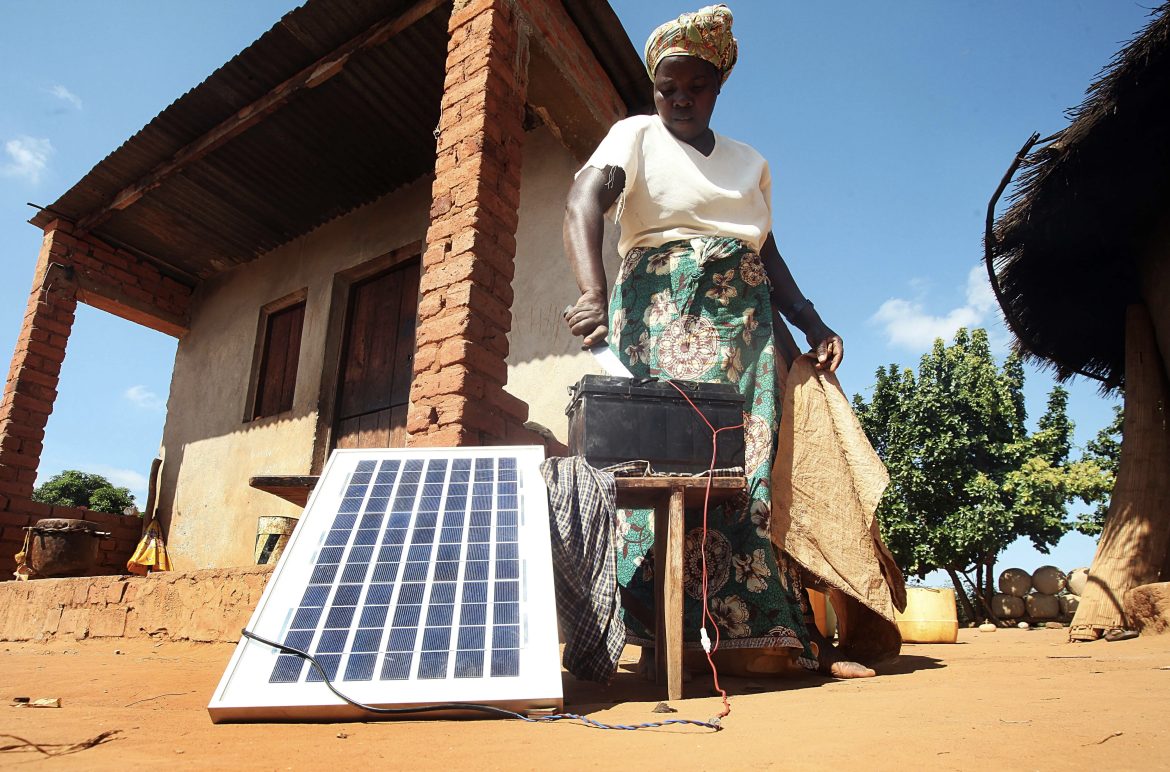KEY POINTS
- Off-grid solar systems enhance energy access, reduce pollution, and empower rural households with affordable, reliable, and sustainable electricity solutions.
- Mini-grids enable community-wide electrification, boosting economic growth, supporting schools and clinics, and reducing reliance on expensive diesel generators.
- Solar-powered water pumps revolutionize agriculture by ensuring year-round irrigation, improving food security, and reducing women’s time spent fetching water.
Africa faces a significant energy access challenge, with approximately 600 million people lacking access to electricity (UN Trade and Development).
This deficit is most pronounced in rural areas, where geographic isolation and economic limitations hinder the expansion of traditional grid infrastructure (AfDB).
This energy gap severely impacts education, healthcare, and economic development, perpetuating cycles of poverty.
For millions of rural Africans, lighting a home or powering essential devices remains a daily struggle, emphasizing the urgent need for sustainable solutions.
Solar energy solution
Solar energy emerges as a promising solution to address this challenge. With Africa receiving some of the highest solar radiation levels globally, the continent has the potential to generate up to 1,000 GW of solar energy (World Economic Forum, 2022).
Solar technology offers scalable and adaptable solutions, from household solar kits to community mini-grids, capable of transforming rural energy landscapes (UN, 2024).
The declining costs of solar panels and storage systems further enhance their feasibility, presenting a clean and sustainable energy alternative (NIH).
Let’s explore innovative solar projects that are revolutionizing rural African communities.
Innovative solar projects:
Off-Grid Solar systems
Off-grid solar systems are game-changers for remote rural areas without access to national power grids. These standalone systems, often comprising solar panels, batteries, and inverters, provide electricity for lighting, cooking, and powering small appliances.
Companies like M-KOPA and d.light are pioneering pay-as-you-go (PAYG) models, enabling low-income households to access solar energy through affordable installment plans.
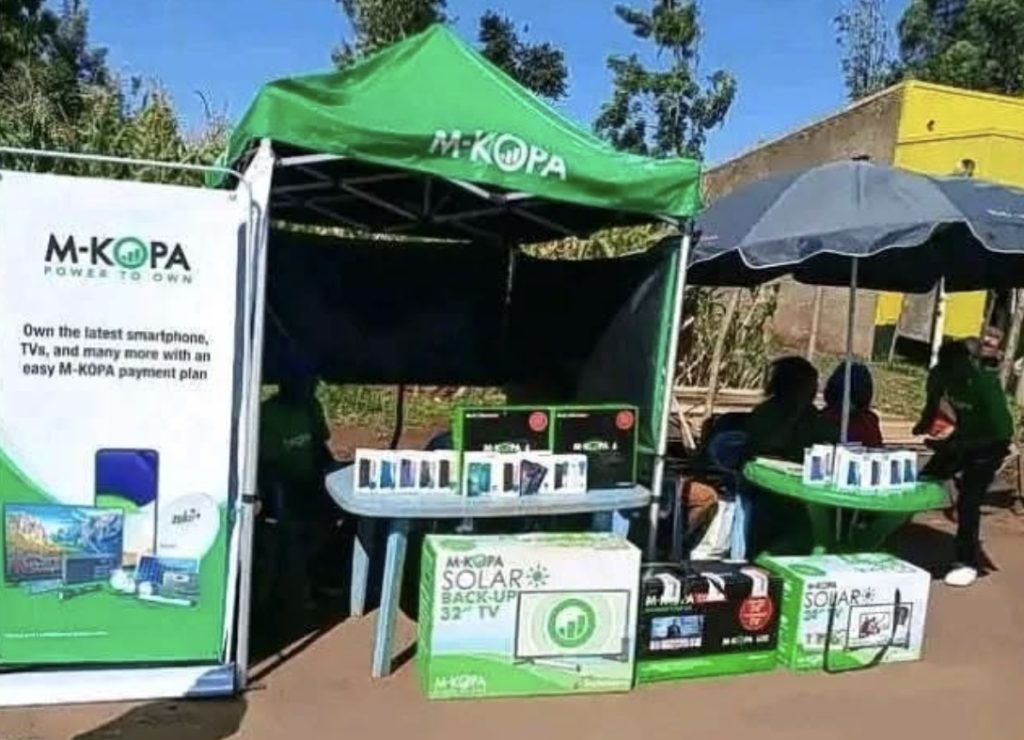
These systems are particularly impactful in improving quality of life. Children can study after sunset, reducing educational disparities.
Households replace kerosene lamps with clean solar lighting, reducing indoor air pollution and associated health risks.
Moreover, micro-enterprises such as barbershops and phone charging stations thrive with reliable power.
Despite high upfront costs, innovative financing mechanisms make off-grid systems accessible, helping bridge Africa’s energy gap sustainably.
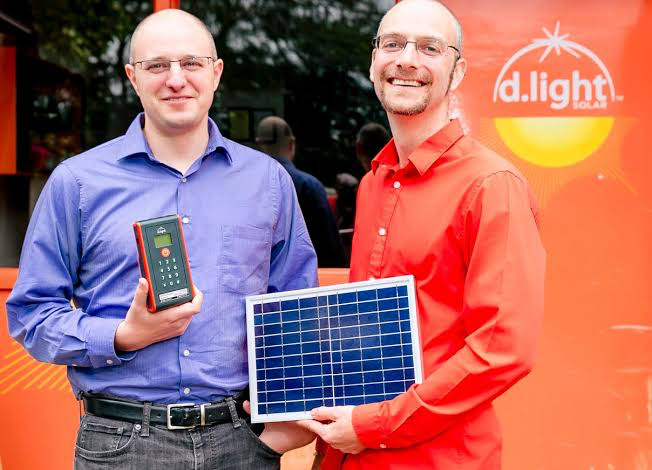
Mini-Grids
Mini-grids, small-scale electricity networks, provide reliable and efficient energy to rural communities.
Unlike off-grid systems, mini-grids connect multiple households and businesses, offering more robust energy services.
They integrate solar panels with battery storage and sometimes hybridize with other renewable sources for enhanced reliability (AfDB).
Countries like Kenya and Nigeria are leveraging mini-grids to electrify rural areas, supported by government policies and international funding.
These systems drive community development by powering schools, clinics, and agricultural processing units (IRENA).
Businesses benefit from consistent energy, enabling productivity and economic growth. For instance, mini-grids enable cold storage for perishable goods, reducing post-harvest losses and improving food security.
However, scaling mini-grids requires substantial investment and policy support, underlining the need for public-private partnerships to achieve widespread adoption.
Solar-Powered Water Pumping
Solar-powered water pumping systems are revolutionizing agriculture and water access in rural Africa.
These systems use photovoltaic panels to power pumps that draw water from underground sources or rivers, enabling irrigation and drinking water supply without reliance on diesel generators.
In arid regions, solar pumping addresses critical water scarcity, enhancing agricultural productivity and food security (WorldBank, 2023).
Projects in countries like Tanzania demonstrate the transformative potential of this technology (AfDB).
Farmers using solar irrigation report increased yields and income, while communities gain access to clean drinking water, improving public health (IRENA, 2016).
Additionally, solar pumps reduce carbon emissions and operational costs compared to conventional alternatives.
Expanding these systems requires training local technicians and improving financing options for smallholder farmers, ensuring long-term sustainability (WorldBank, 2023).
Rwanda’s Solar Energy Project
Rwanda’s ambitious solar energy initiatives showcase the power of targeted government intervention.
The country’s Solar Home System program, supported by partnerships with private companies, has connected thousands of rural households to electricity (REPP).
By employing PAYG models, families access solar kits equipped with lights, phone chargers, and even radios or TVs.
This initiative improves living standards while fostering economic opportunities. Women and youth engage in entrepreneurial activities like mobile money services, leveraging newly available energy.
Additionally, solar energy supports Rwanda’s goals for low-carbon growth. While challenges like financing and logistical hurdles persist, Rwanda’s experience highlights the potential of scalable solar solutions in addressing rural energy poverty.
Kenya’s Mini-Grid Project
Kenya is a leader in deploying mini-grids to electrify its remote communities. Projects such as those by PowerGen and CrossBoundary Energy have successfully implemented solar mini-grids, benefiting thousands of residents.
These grids power schools, health clinics, and small businesses, creating a ripple effect of socio-economic benefits (USAID).
One standout example is the Olkaria mini-grid project, which supports both residential and industrial energy needs.
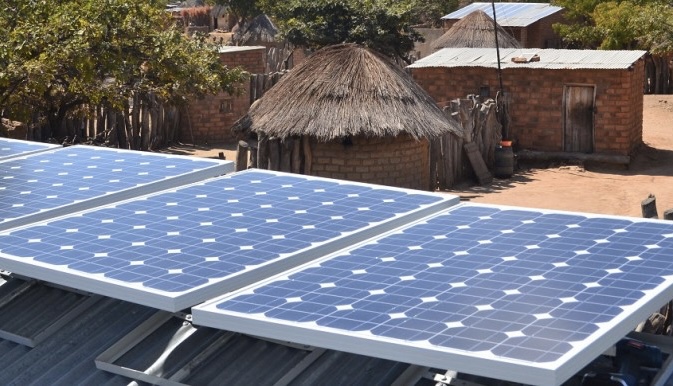
Farmers utilize the energy for irrigation, while small businesses operate longer hours with reduced operational costs.
Kenya’s supportive regulatory environment and collaboration with international donors have been instrumental, showcasing a replicable model for other nations (SESA, 2024).
Tanzania’s Solar-Powered Water Pumping Project
Tanzania’s adoption of solar-powered water pumping systems underscores their transformative impact.
Projects implemented by organizations like Water Mission have improved access to clean water and enabled year-round irrigation. Farmers report increased crop yields and income, while communities experience reduced waterborne diseases.
Solar-powered water systems also empower women and girls by alleviating the burden of fetching water, allowing them to focus on education and income-generating activities. These projects align with Tanzania’s broader development goals, proving that renewable energy technologies can address both environmental and social challenges simultaneously.
Opportunities and Challenges:
Job creation
The solar energy sector holds immense potential for job creation in Africa, with projections suggesting up to 1 million jobs by 2025. These roles span manufacturing, installation, maintenance, and sales.
Training programs and local capacity-building initiatives are crucial to equip communities with the necessary skills. Countries like South Africa and Ghana are already seeing success in creating employment through solar energy initiatives.
Energy access
Expanding energy access in rural Africa transforms lives. Electrified communities experience improved education outcomes as students gain access to lighting and digital learning tools. Healthcare facilities benefit from refrigeration for vaccines and reliable lighting, enhancing service delivery. Furthermore, access to energy stimulates economic activities, reducing poverty and fostering sustainable development.
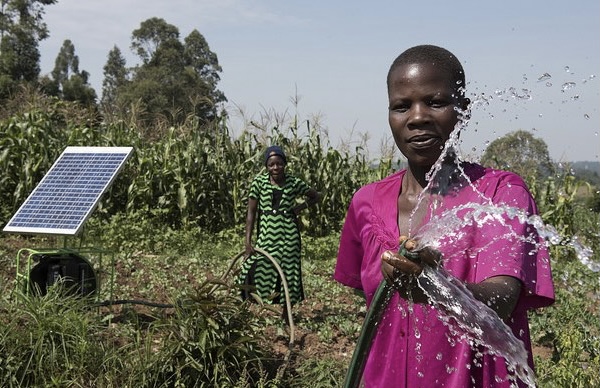
Challenges
Despite their promise, solar projects face several challenges. High upfront costs deter adoption, particularly among low-income households.
Limited infrastructure and supply chains complicate implementation in remote areas. Moreover, accessing affordable financing remains a hurdle for many governments and private developers. Overcoming these barriers will require innovative financial models, robust policy frameworks, and international collaboration.
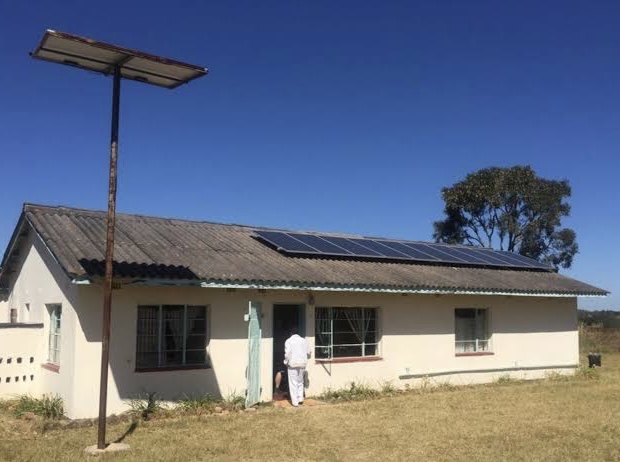
Innovative solar projects are revolutionizing rural African communities, offering solutions to long-standing energy access challenges. From off-grid systems to mini-grids and solar-powered water pumps, these technologies improve living standards, foster economic growth, and promote sustainability.
The future of solar energy in Africa is bright. Advances in technology, coupled with supportive policies and investments, promise exponential growth. Governments, private sector players, and international organizations must collaborate to scale these initiatives and ensure their long-term success.
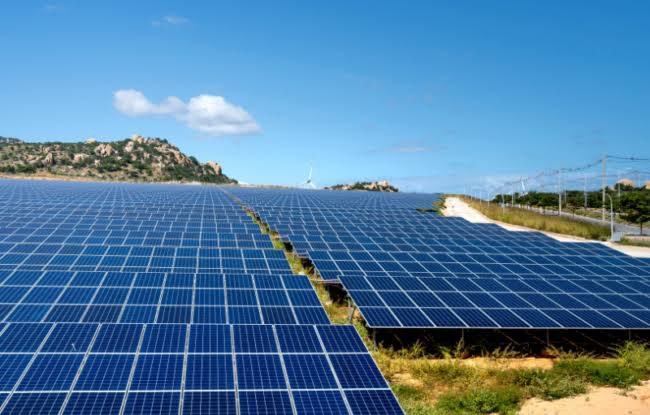
Innovative solar projects are not just transforming energy access but are reshaping the socio-economic fabric of rural Africa. By investing in these solutions, Africa can unlock its vast potential, driving inclusive growth and sustainable development for generations to come.


